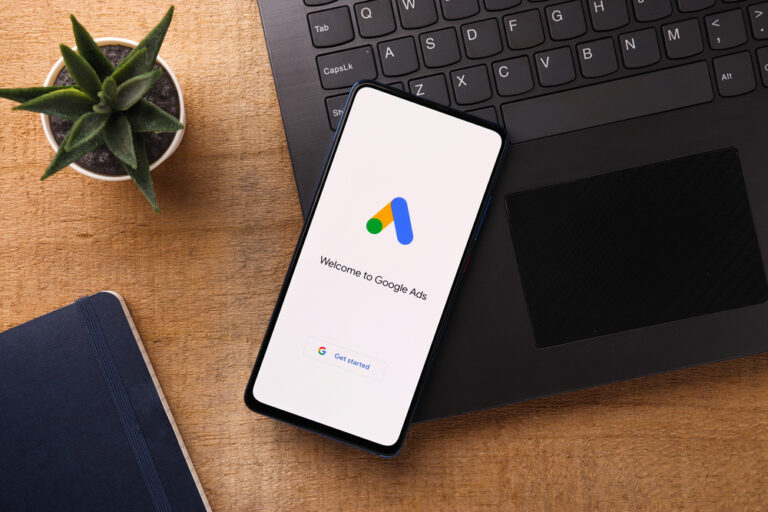Have you ever gone to an event, expecting it to be about one thing, only to find that it was about something completely different? Did you quickly realize that this event held absolutely no interest for you? Or how about going to a costume party and being the only one not in a costume – talk about sticking out like a sore thumb and not having any common interests! Did you stay for the whole thing or did you find a reason to cut out early?
Life is full of chances to connect and chances to blow the connection. So is business.
In today’s business world you’ve likely heard that if you don’t have a website, you don’t exist. What you may not have heard is that if your website doesn’t connect with your audience, it’s just a “lame billboard in the sky”.
Today’s Audience Could Be Tomorrow’s Customers
The most common problem that people in business can make is not understanding who their audience is and what makes them tick. Digging deeper than the surface is very important if you want your audience to connect to your company and product or service line. There are three key areas that help us connect with our audience and bring them through the interest phase and into the customer phase.
· What you write about (topic)
· How you say it (tone)
· What problems you can solve (value)
If you sell lawnmowers, you’d think it’s pretty easy to know what to write about. Your audience wants to know about lawnmowers, right? There will be some that want to know about lawnmowers, sure thing. However, there could be others who may want to know less about the specifications of the lawnmowers and more about ease of use, the length of time it takes to mow a lawn of a certain size, and maybe how often the lawn would need to be mowed with a particular lawnmower – basically, there will be those who need a lawnmower but aren’t really interested in the mower itself – just how quickly and easily it can complete the task.
The first question is and should always be what are the things my audience is interested in and of those things how big is each group with those interests? The size of the interest group matters. You want to speak to the largest group first, the second largest group next, and so on.
How do you find out if you should talk about the mower, or what the mower can do? How do you find out if you should make the subject of mowing a fun and even funny topic or if you should come across as the authority on lawnmowers?
You find out by creating a survey or two and inviting people who stop by your site to answer your questions and/or by emailing a link to it to your current customer base and prospective customers on your email list. You can even offer an incentive to those who take your survey (a suitable thank you gift for your company’s line of business).
Survey Your Audience
There’re a few things a good survey should do for you.
· It should give you an idea of what your audience is interested in.
· It should give you an idea of what they value in your products or services.
· It should help you see where their emotions lie on various topics (super enthusiastic about your newest tractor mower, or kind of cool and not really interested in a push mower).
· It should also tell you the problems they are trying to solve with your product or service.
You may discover, for example, that many of the people who visit your site aren’t even looking for a lawnmower. They’re looking for a lawn service company. That potentially opens up a whole new line of business for you – perhaps partnering with a local lawn service company and sharing the profits of providing those services alongside your own.
Meanwhile, your survey also showed that at least 40% of your audience does enjoy caring for their own lawn, but their preferred mower is the tractor mower, not the push mower. You can now focus your energy on that product line, writing about it, marketing it, and investing in a broader base of tractor mowers so you can provide variety, which boosts sales.
Understanding Your Audience Builds a Strong Future
Regardless of what you offer, understanding your audience is the key to your future success and revenue. No matter what your line of business is, once you know how to present your topics and what topics you should be presenting, you have achieved half the battle in the marketing world. This is the kind of knowledge that you can use in all the various marketing actions you might take including content marketing, social media marketing, search engine marketing, PPC (pay per click) marketing, and any kind of non-web-based marketing you might also do.
Talk to your audience in a way that they can agree with and you’ll soon be on the road to success!






